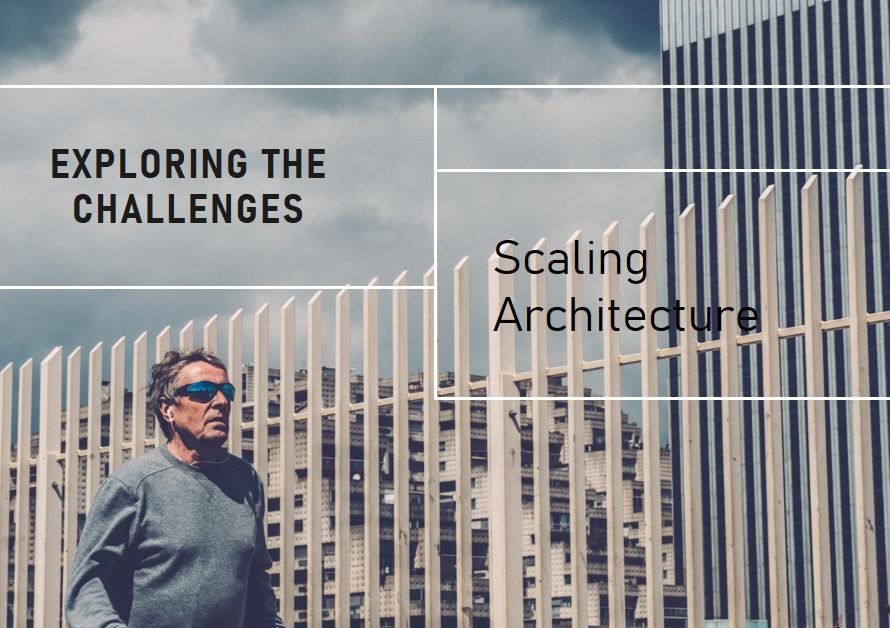
Table of Contents
1. Foundations of Collaboration: Introduction to Online Tools
In the dynamic world of architecture, effective collaboration is the cornerstone of successful projects. As professionals navigate the complexities of design, construction, and project management, online collaboration tools emerge as essential companions. These tools not only streamline communication but also facilitate real-time collaboration, breaking down geographical barriers and fostering seamless teamwork.
Transitioning from traditional project management to online collaboration tools marks a paradigm shift, enhancing efficiency and communication. Embracing these tools is not just a necessity; it’s a strategic move toward achieving architectural brilliance.
2. Minds Aligned: Slack for Architectural Synergy
Slack, a popular messaging and collaboration platform, stands out as a beacon for architectural teams seeking streamlined communication. By creating channels for specific projects, teams, or topics, Slack ensures that discussions remain organized and accessible. The active voice of real-time messaging allows architects to swiftly address queries, share updates, and maintain a dynamic flow of information.
In the architecture studio, where time is often of the essence, Slack serves as a virtual hub for instant collaboration. The tool’s integrations with project management platforms and file-sharing services further enhance its utility, making it a versatile choice for architectural teams aiming for precision and clarity in their communication.
3. Blueprints in the Cloud: Autodesk BIM 360 for Seamless Collaboration
Architectural projects thrive on Building Information Modeling (BIM), and Autodesk BIM 360 is a powerhouse collaboration tool designed to enhance this process. By bringing all project stakeholders onto a centralized platform, BIM 360 fosters real-time collaboration on 3D models, designs, and construction documentation.
Active collaboration within the BIM 360 environment ensures that all team members are working with the latest information, reducing the risk of errors and discrepancies. This cloud-based collaboration tool not only streamlines communication but also elevates project efficiency by providing a collaborative space where architects, engineers, and contractors can collectively contribute to the success of the project.
4. Design Dialogue: Figma for Interactive Architectural Visualization
Figma is not just a design tool; it’s a collaborative space where architects can bring their visions to life. With its real-time collaboration features, Figma allows multiple team members to work on design files simultaneously. The active voice in design discussions becomes palpable as architects comment, iterate, and collectively shape the project’s visual identity.
Transitioning from static design tools to Figma empowers architectural teams to create a dynamic design dialogue. This collaboration tool fosters creativity by breaking down silos and encouraging architects to actively engage in the design process, resulting in more cohesive and innovative outcomes.
5. Project Symphony: Trello for Architectural Project Management
Architectural projects, with their intricate timelines and diverse tasks, demand a robust project management tool. Trello, with its intuitive card-based system, provides an orchestral arrangement for project coordination. Architectural teams can actively assign tasks, set deadlines, and track progress, ensuring that every element of the project is harmoniously orchestrated.
By actively utilizing Trello, architects embrace a visual project management approach that enhances clarity and accountability. The active voice in task assignments and updates creates a collaborative rhythm, ensuring that everyone involved in the project is on the same page.
6. Visual Harmony: Miro for Collaborative Whiteboarding
In the world of architecture, visualizing concepts is as crucial as the blueprints themselves. Miro, a collaborative whiteboarding tool, invites architects to actively participate in visual brainstorming and ideation. Its real-time collaboration features empower teams to sketch, diagram, and collectively shape ideas, fostering a creative exchange of perspectives.
Transitioning from physical whiteboards to Miro enhances architectural collaboration by breaking down geographical constraints. The tool becomes a virtual canvas where architects actively contribute to the visual discourse, ensuring that every stroke of creativity is captured and integrated into the project’s evolving narrative.
7. Team Choreography: Asana for Architectural Workflow
Asana emerges as a choreographer for architectural workflows, providing a platform where teams can actively organize and manage tasks. With features like project timelines, task dependencies, and workload allocation, Asana ensures that architectural teams move in unison toward project completion.
Active participation within Asana transforms architectural project management into a collaborative dance. Architects can actively update project timelines, assign tasks, and engage in discussions, creating a synchronized workflow that leads to efficient project delivery.
8. Document Collaboration: Google Workspace for Architectural Documentation
Architectural projects generate a plethora of documents, from drawings and specifications to reports and presentations. Google Workspace, with its suite of collaboration tools including Google Docs, Sheets, and Slides, provides architects with a seamless platform for document collaboration. The active voice in real-time editing ensures that architects collaboratively refine and finalize project documentation.
Transitioning to Google Workspace transforms document collaboration into a dynamic and iterative process. Architects actively contribute to the evolution of project documents, ensuring that the final output reflects the collective expertise of the team.
9. Transparent Communication: Zoom for Virtual Design Meetings
In an era where virtual collaboration is increasingly prevalent, Zoom emerges as a pivotal tool for architects seeking to maintain transparent communication. Whether conducting design meetings, client presentations, or project reviews, architects can actively engage in face-to-face discussions, fostering a sense of connection and understanding.
Active participation within Zoom meetings transcends geographical barriers, ensuring that architects can collaborate seamlessly regardless of their physical location. The tool’s features such as screen sharing and breakout rooms further enhance its utility, creating a virtual space where architectural collaboration flourishes.


Conclusion: The Overture of Architectural Collaboration
As architects embrace the digital era, online collaboration tools become the instruments that orchestrate architectural brilliance. From real-time messaging to collaborative whiteboarding and virtual design meetings, these tools actively shape the collaborative landscape of architectural projects. The active voice of architects resonates within these platforms, creating a symphony of collaboration where every team member contributes to the harmonious realization of architectural visions. Embracing these collaboration tools is not just a choice; it’s a crescendo toward a future where architectural brilliance knows no bounds.



